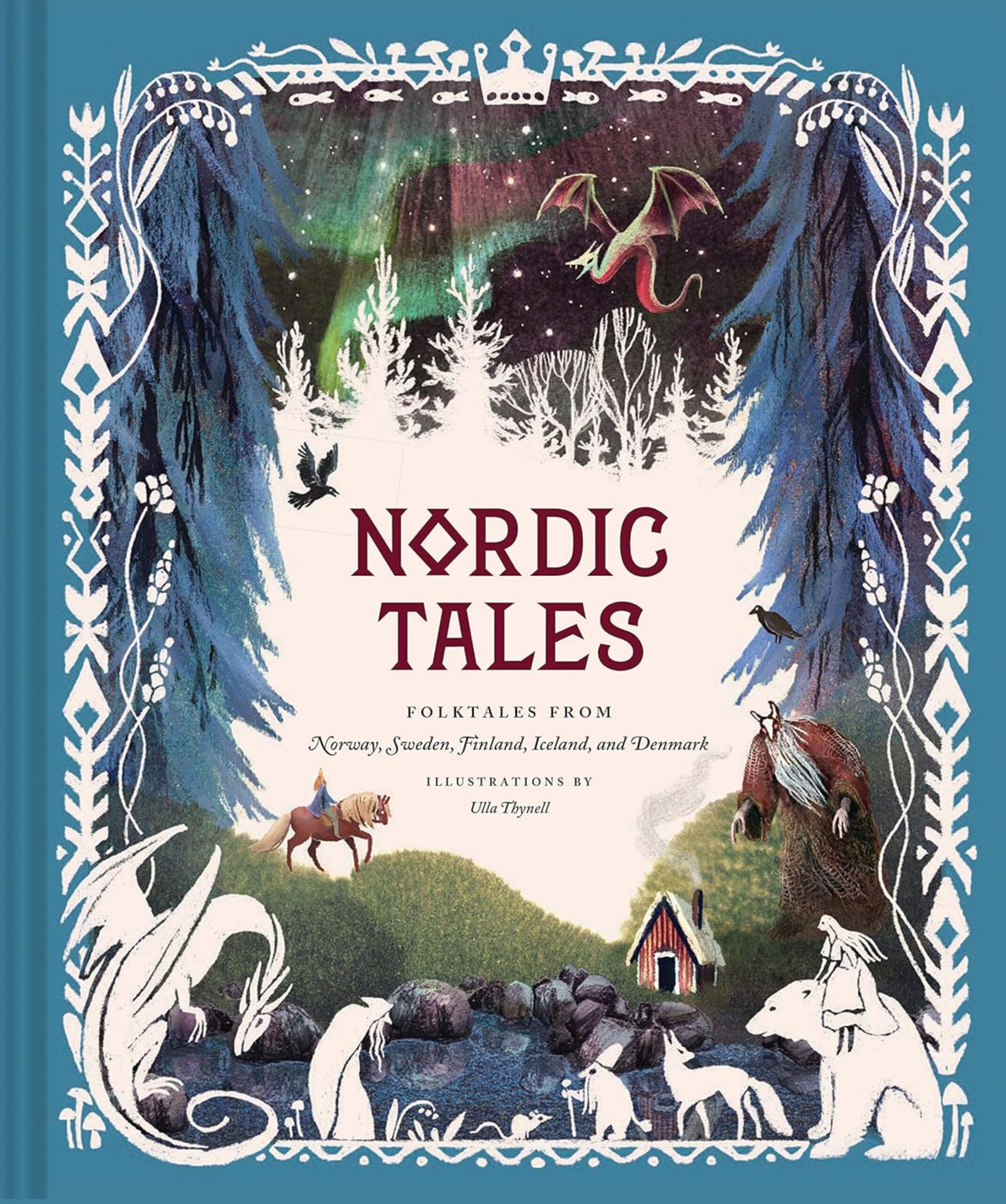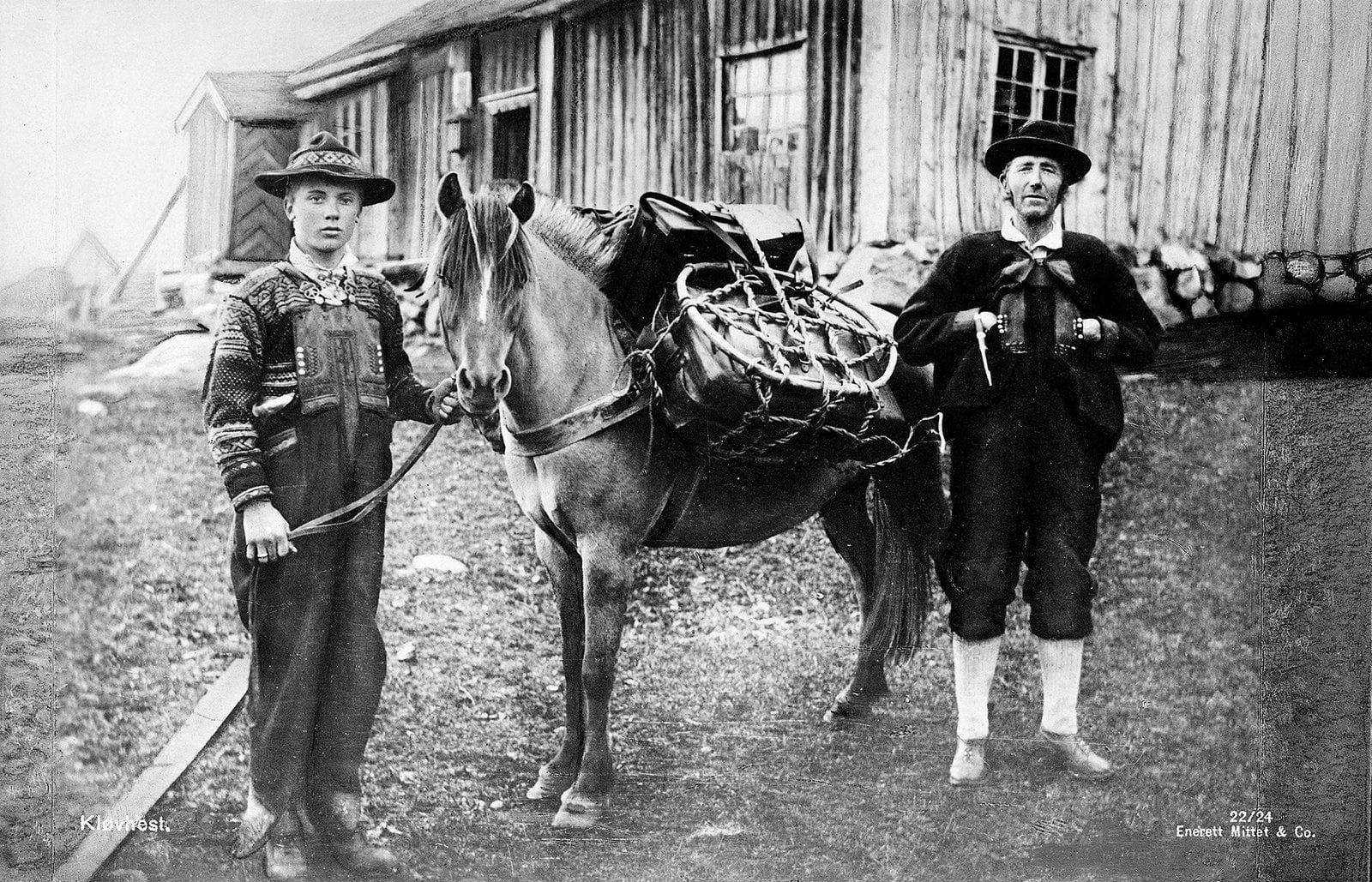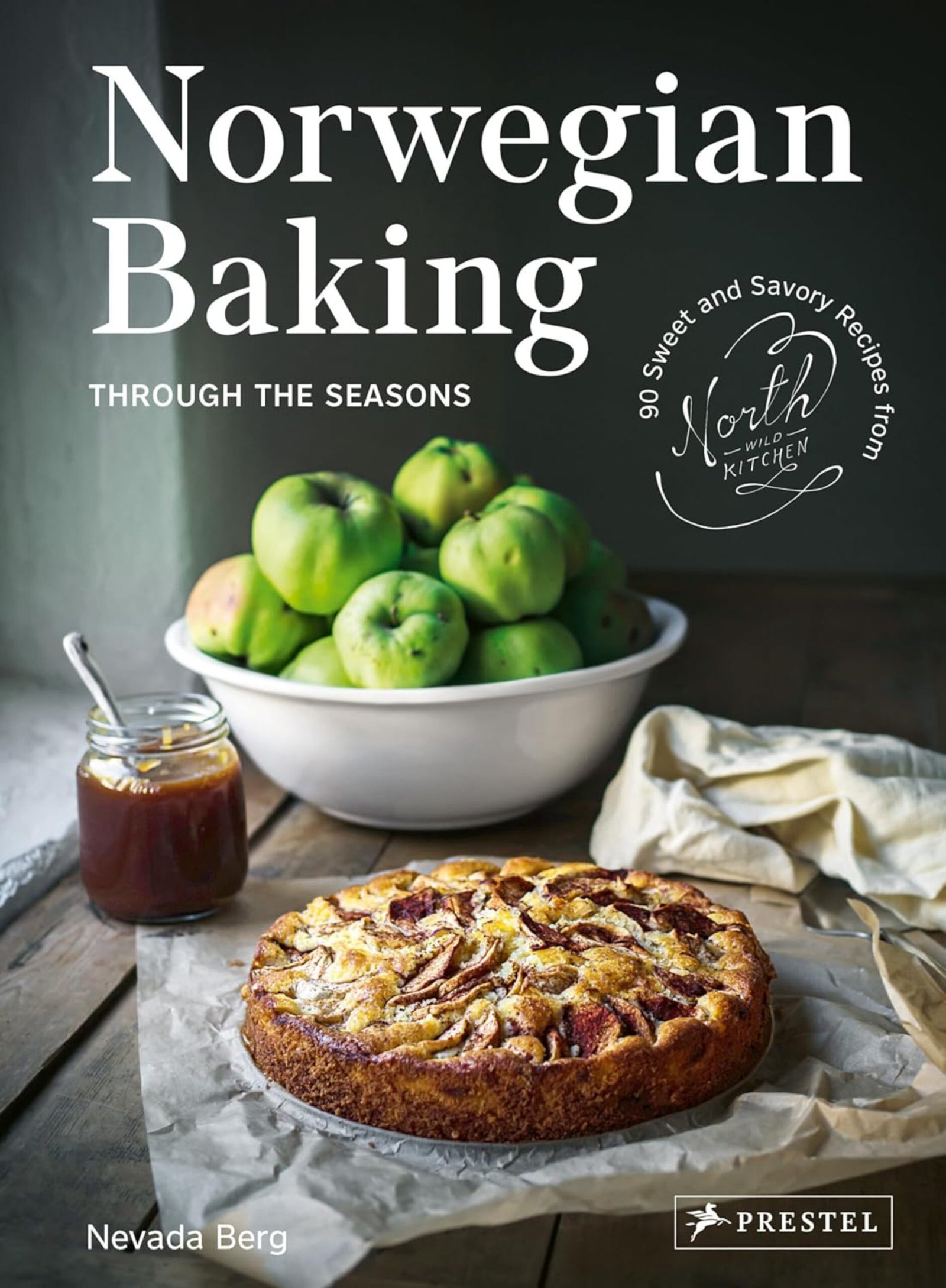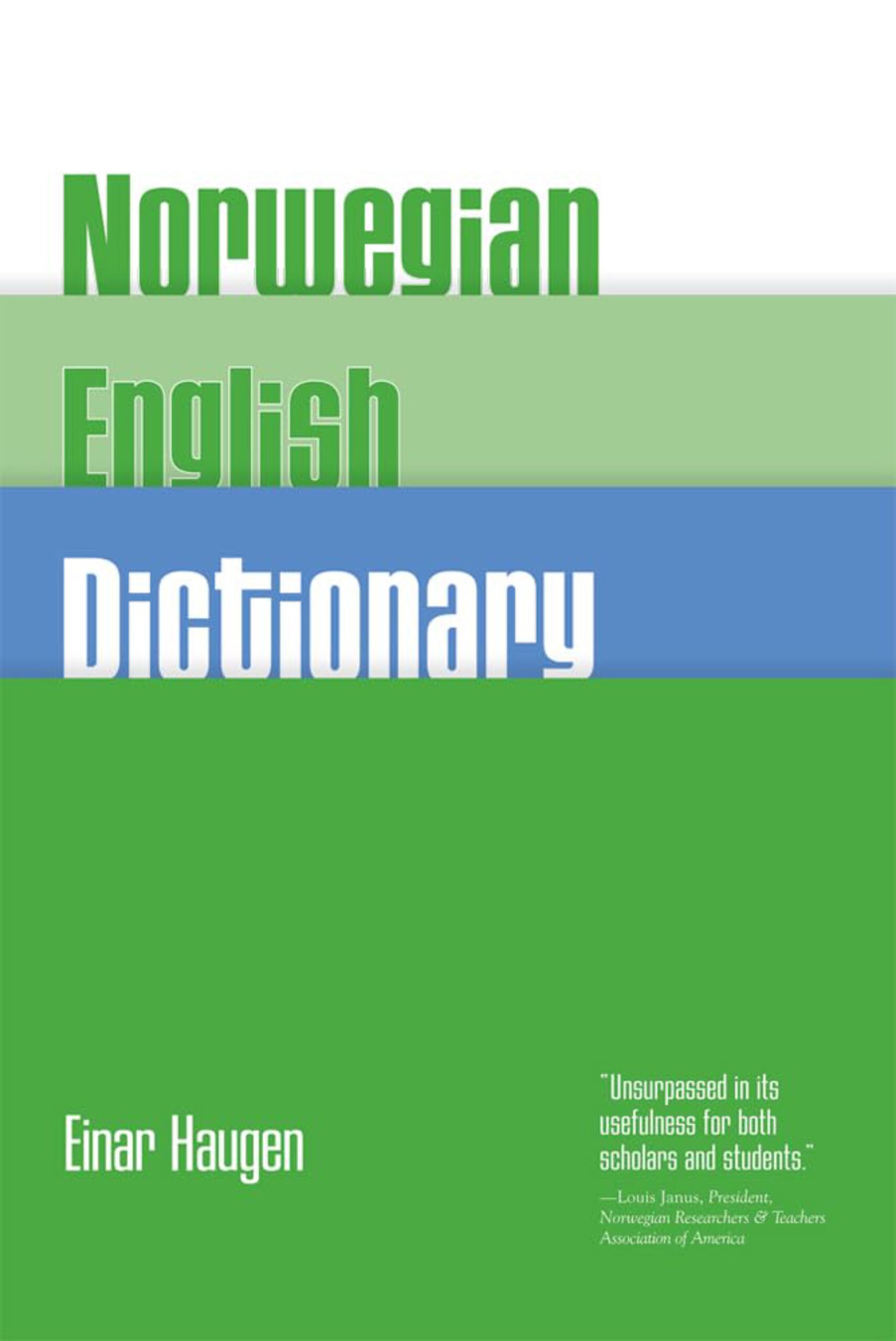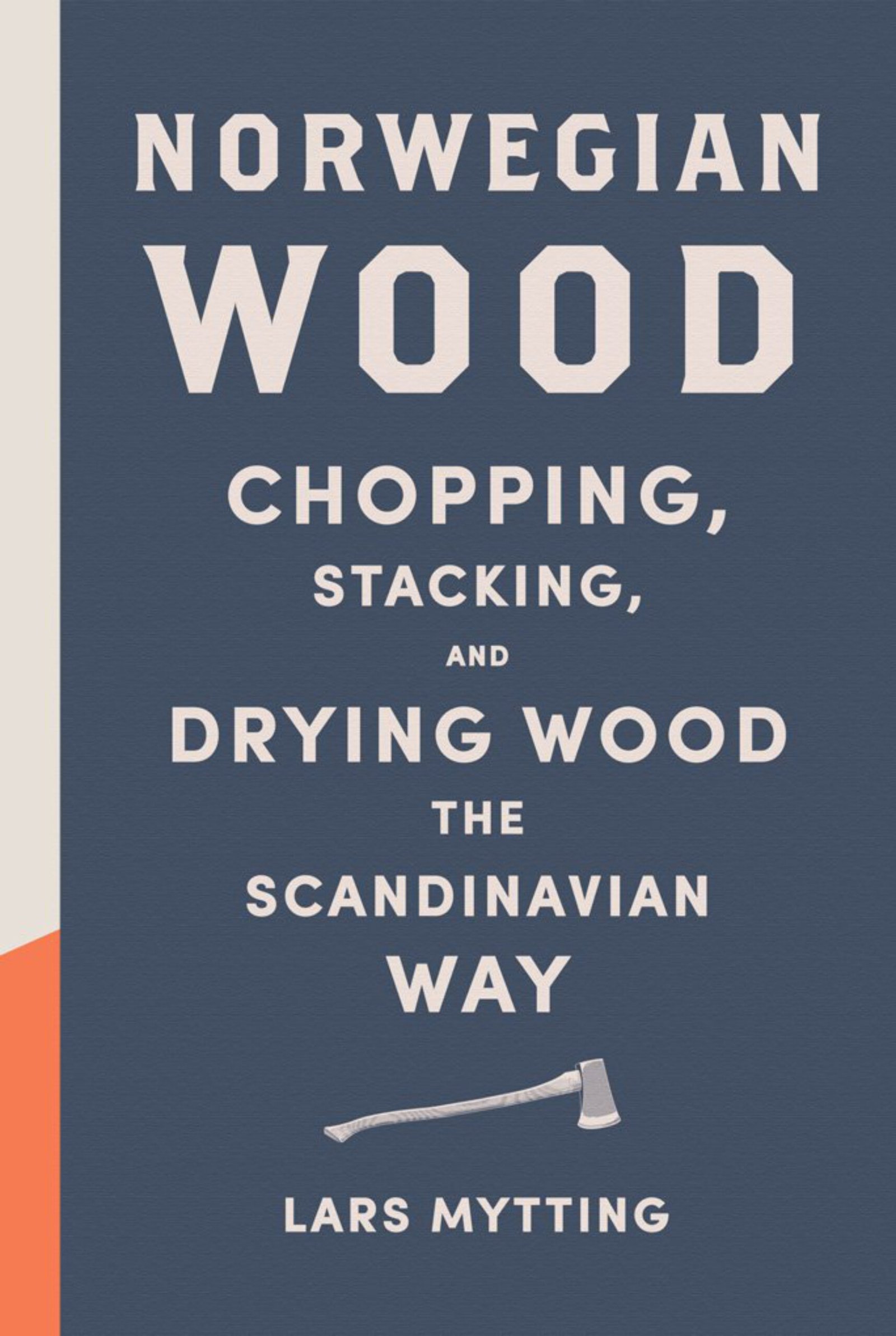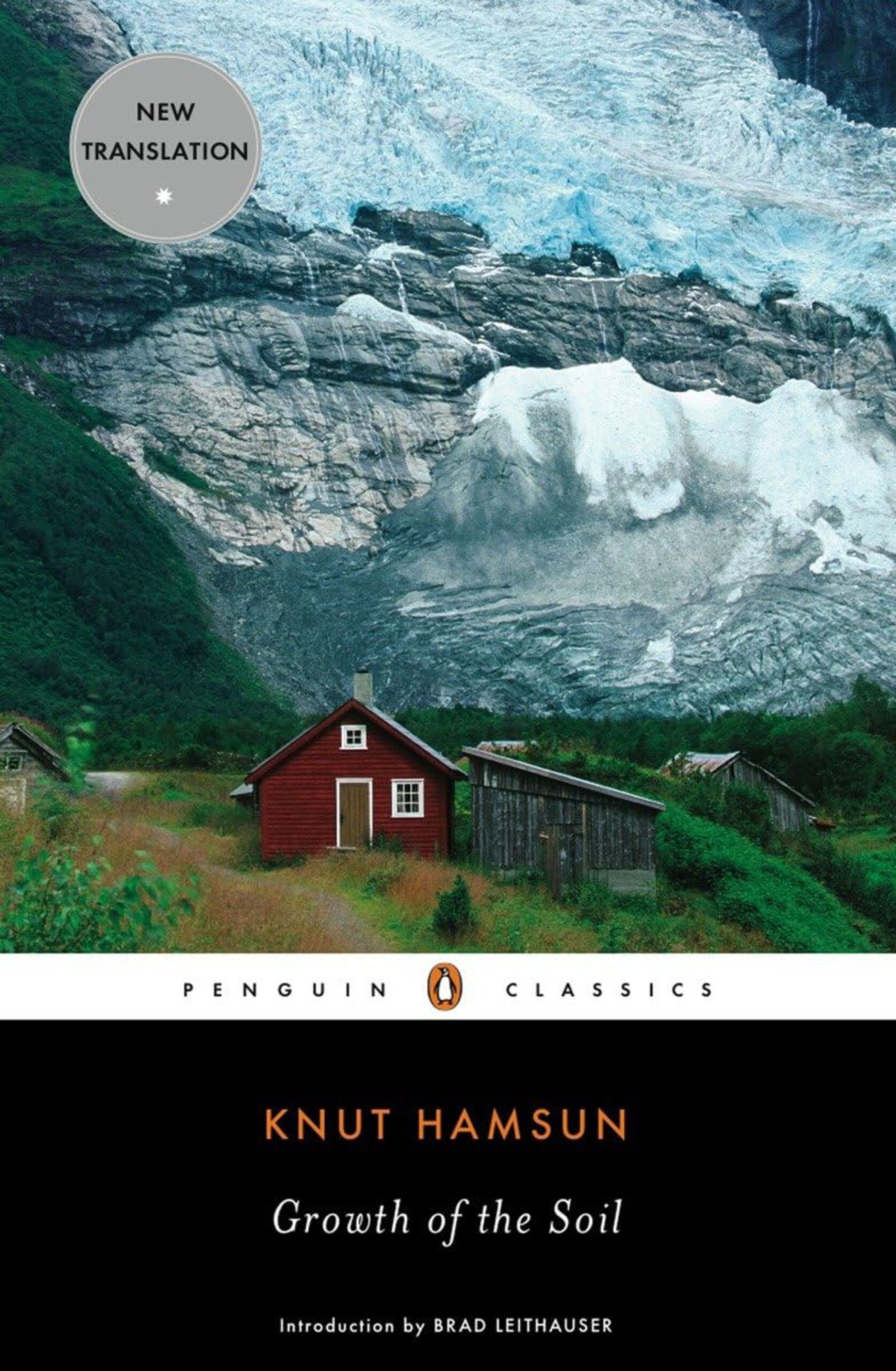Pronunciation
The grammar
A compound word made up of: bu + drått | noun | masculine | the indefinite form: en budrått (a budrått) | the definite form: budråtten (the budrått).
What does the word mean?
Bu: generally means home, abode, building, household, shed, etc. In this context, bu possibly refers to the stabbur – the food storehouse on the home farm – or the cowshed, or the simple buildings on the seasonal summer pasture farm.
Drått: in this context, the word means yield, as in an increase in milk yield.
Budrått: means the cheese, butter, and other dairy products made from the milk produced by the cows and the goats, mainly during the summer, when the animals were sent off to the seasonal summer pasture farm in the mountains or forests of Norway. The budrått were brought back to the home farm and stored in the stabbur – the food storehouse – as food for the winter.
In everyday speech, the definite form – budråtten – is probably used more often than the indefinite form. Example: Han brakte budråtten ned fra setra med en kløvhest. → He brought the budrått down from the summer pasture farm using a packhorse.
Similar or related word
Avdrått: sometimes used in a similar context, but also when talking about the yield of a single cow per year, etc.
More on the historical context
Only 3% agricultural land
Norway’s landscape consists of 3% agricultural land, 40% forests, and 40% mountainous areas. If you combine these facts with a long, cold winter, and a short summer, you see the boundaries within which the Norwegians had to organise their animal husbandry.
Gathered food for the winter
During the summer months, the farmer gathered as much hay, leaves, moss, and other fodder as he possibly could, and stored it in haybarns or stacks. The amount of fodder determined how many farm-animals he could keep over the winter.
Kept in barns and sheds all winter
All through the cold season, and until the spring, the animals were kept in barns and sheds. As soon as there was grass enough to eat outdoors, they were sent off to the seasonal summer pasture farm in the forests or mountains, to graze on the food resources there.
A plentiful summer
It was also in the spring that most of the animals got their offspring. This meant that the summer months was the period with the highest milk yield.
Dairy products
All through the summer, the milkmaid made butter, cheese, and other dairy products – budråtten, which periodically was collected by someone from the home farm, and brought back and stored in the farm’s food storehouse – the stabbur.
Autumn blues
In the autumn, the animals were taken back to their winter-sheds. The surplus of animals was slaughtered, and the meat was salted, dried, or smoked, and stored away in the storehouse.
Examples from books and stories
Svale Solheim Norsk sætertradisjon 1952
→ Alle her i Hedale kokte rjomegraut sumardagen. Dersom ikkje det vart gjort, vart det skral budrått om sumaren.
→ Everyone here in Hedalen made sour cream porridge on the first day of summer. If not, the budrått would be poor that summer.
Erik Solheim Det var en gang: fra bygdelivet for 150 år siden 1995
→ Når han bar sin budrått hjem fra setra, så hadde han to like bører. Han bar da den ene så langt at han så den, mens han gikk etter den andre. Og slik holdt han på til han kom hjem.
→ When he carried the budrått back home from the summer pasture farm, he split it into two equal loads. First, he carried one load as far as he could carry it without losing site of the other one. Then he walked back for the second load. And he continued like this, until he was back home.
Sources: Kari Gården Strømsborg | Nasjonalbiblioteket nb.no | Einar Haugen’s Norwegian-English dictionary | Det Norske Akademis ordbok | Bokmålsordboka and Nynorskordboka.
